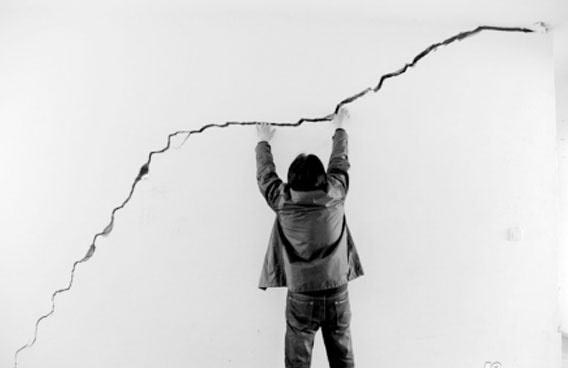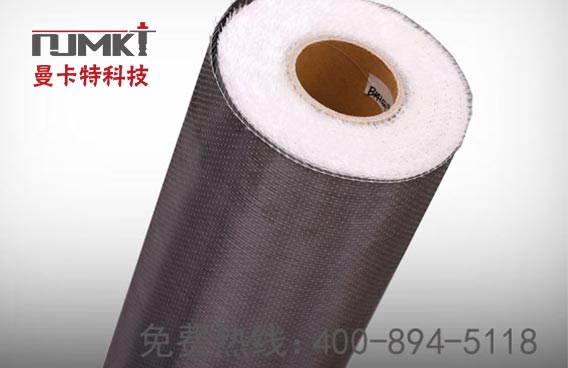The safety of old houses has always been a problem for some people. They can not bear to tear them down. But they are worried about living in these old houses as well. So generally, Nanjing Mankate will recommend that you let a professional company give an appraisal result before deciding whether to remove it or continue to live after reinforcement. Nanjing Mankate will release a carbon fiber cloth reinforcement calculation result for free. Everyone is welcome to come and consult. Today, we also want to talk with you about how to reinforce the old houses with carbon fiber cloth.

First of all, we know that the components of old houses are already aging. So it is not conducive to re-drill or add components. It is obviously not suitable for planting rebars and cladding steels. Carbon fiber cloth do not need to be perforated and do not increase the structural weight of houses. Therefore, it is the materials which are very suitable for the old houses’ reinforcement.
Before the reinforcement, the entire house should be investigated first. Cracked walls or load-bearing structures need to be repaired. Some old house beams need to be replaced. After the investigation is completed, the construction object must be leveled. The putty outside the wall should be scraped off, and the Mankate leveling glue needs to be used for repair. The Mankate leveling glue is also concrete repair glue, and the main component is the modified epoxy, resins and other additives. It has high viscosity, putty-like, strong adhesion, excellent mechanical properties, good toughness, wear resistance, anti-corrosion and waterproof.
After leveling and repairing, carbon fiber cloth can be pasted as follows:
1. Cut carbon fiber cloth according to the design specifications. It is strictly prohibited to chamfer carbon fiber cloth and we should prevent wire drawing. The amount of cutting should be guaranteed to be used up on the same day to avoid wastage. The cut carbon fiber cloth should be taken care of to prevent damage.
2. The binder resin's main agent and curing agent should be weighed accurately, packed into a container, and evenly stirred with a blender. The amount of primary reconstitution should be used as a standard within the usable time, and impurities such as dust must be prevented from mixing.
3. Before applying the carbon fiber cloth, wipe the concrete surface again to ensure that the adhesive surface is free of dust. Use a roller brush to evenly brush the impregnated glue on the part to be pasted, and apply more on the lap and corner parts. When pasting, there should be no air between the carbon fiber cloth and the resin.
4. When pasting the carbon fiber cloth, apply a moderate amount of pressure, stick the carbon fiber tightly, and stick it from the center to both sides to avoid air bubbles.
5. Use a plastic scraper or roller to repeatedly roll on the surface of the carbon fiber cloth until the glue material leaks out. Rolling should be in the same direction. It is not appropriate to repeatedly roll and knead in one place. The outer surface of the carbon fiber cloth also needs to be evenly coated with impregnating glue, and repeatedly rolled so that the infiltrated glue fully infiltrates the carbon fiber cloth in both directions.
6. When pasting on multiple layers, paste the next layer immediately after the surface of the carbon fiber cloth is touch-dried. If the delay time exceeds 1h, wait 12h, then apply the impregnated glue to paste the next layer.

The reinforcement of old houses cannot be overlooked. Carbon fiber cloth is a good solution for the reinforcement of old houses. Nanjing Mankate has a free calculation book service. Welcome everyone to consult.
Hotline: 400-894-5118.
Editor: Nanjing Mankate
Copyright belongs to www.njmkt.net. For reprint, please indicate the source!